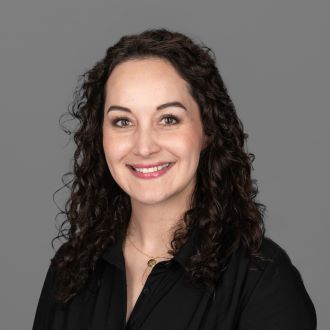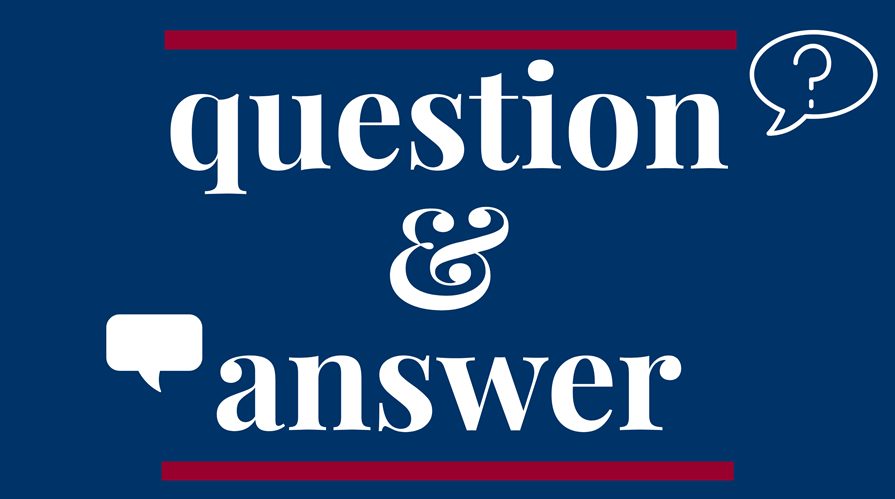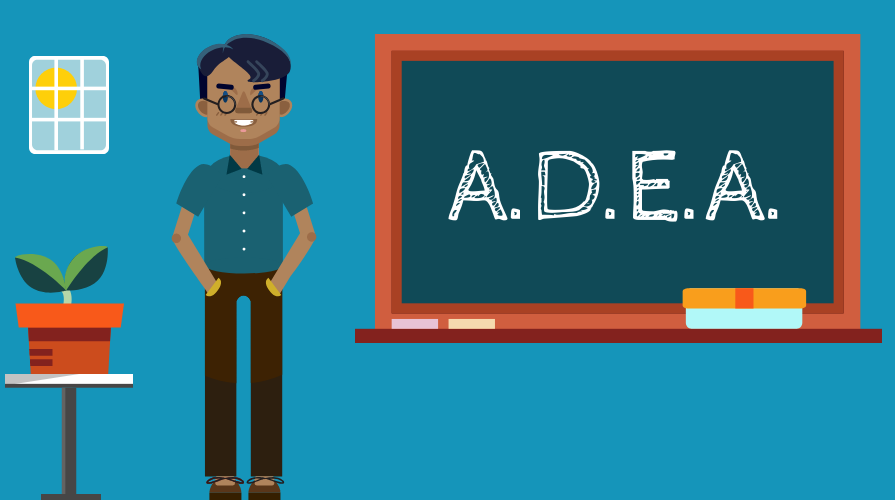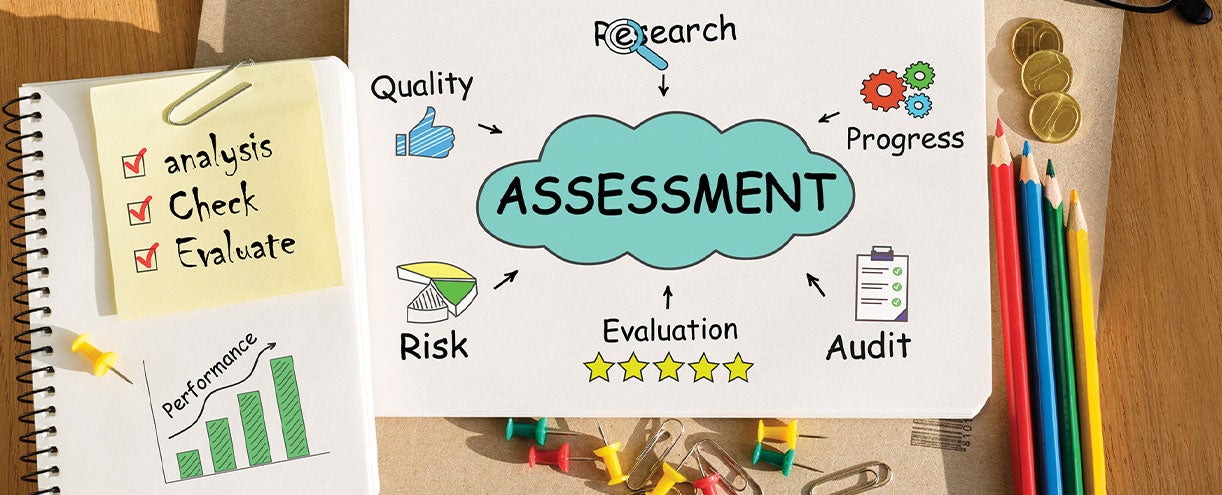Top 5 Special Education Folder Review Strategies
Strong documentation is the foundation of compliance and a critical component of supporting student success. Whether preparing for cyclical monitoring or working to strengthen internal practices, recognizing the most common documentation challenges can help your team stay proactive.
Here are five areas where special education folders frequently fall short, along with practical tips for addressing each one with confidence. Regularly scheduled folder reviews paired with timely communication of findings to staff are essential for maintaining consistency, promoting accountability, and ensuring continuous improvement across your special education program.
1. Progress Reporting
- Ensure progress reports are completed, archived, and shared with the parent each grading period.
- Report progress using the same criteria outlined in the corresponding Individualized Education Plan (IEP) goal.
- Incorporate consistent, data-driven evidence to support progress reporting
2. Evaluation Signatures
- Confirm that all required evaluation team members have signed both the Full and Individual Initial Evaluation and all applicable disability reports.
- Verify that each signature includes name, title, date, and is either hand-signed or a valid signature.
- Ensure that Specific Learning Disability evaluations include signatures from all required multidisciplinary team members, including assessment personnel, a general education teacher, and a dyslexia professional (if applicable).
3. Schedule of Services
- Align minutes with campus instructional minutes.
- Avoid vague terms such as “as needed”. Clearly specify the frequency and duration for all services in the smallest increment possible, particularly those not provided on a daily bases.
- Define the type of support (e.g., inclusion, in-class support) and include the exact location of service delivery (e.g., general education, resource room).
4. IEP Goals
- Develop goals directly aligned with the student’s Present Levels of Academic Achievement and Functional Performance (PLAAFP) and areas of disability, using clear, objective language.
- Include all required goal components: timeframe, condition, behavior, and criterion.
- Write objectives that support and align with the overarching goal. Objectives should not function as stand-alone goals and must be included when the student will participate in STAAR Alternate 2.
5. PLAAFPs
- Address both academic and functional abilities, using student-specific data from a variety of sources.
- Clearly outline the student’s current strengths, areas of needs, and the impact of the disability related to involvement and progress in the general education curriculum.
- Use objective, data-driven language. Avoid subjective statements or opinions not supported by measurable information.

Chelsey Walters
Walters brings 10 years of experience in education to the team. She served as both a middle school and high school special education teacher, as well as a speech-language pathologist assistant. Her extensive experience working directly with students and teachers equips her to offer practical, tailored support that empowers districts and their staff to better serve the needs of students.
Since joining TASB in 2022 as temporary support on the Student Solutions team, Chelsey has assisted districts across Texas in reviewing documentation and processes to enhance special education program effectiveness and compliance, ensuring staff can focus on what matters most—students.
She holds a Bachelor of Communication Sciences and Disorders degree with a specialization in speech-language pathology from the University of Texas at Austin and is also a licensed speech-language pathologist assistant.




